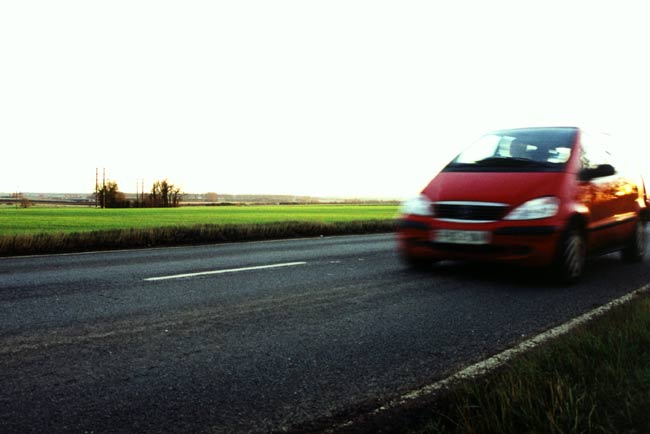Rural Road Trip? Top 10 Deadly States

If you’re planning a car trip for this Fourth of July, be wary: It’s the most dangerous day of the year to drive. Driving is particularly perilous if you’re in rural Maine, which tops a new list of states that have the highest incidences of crashes on rural roads.
Traveling in a car is one of the most dangerous things most people ever do; the lifetime risk of dying in a motor vehicle accident for U.S residents is 1-in-100.
According to the Insurance Institute for Highway Safety, the top two days of the year for motor vehicle fatalities over the years 1986-2002 have been July 3 and July 4.
The danger is even greater when traveling on rural roads, or those located outside of areas with a population of 5,000 or more. The lighter traffic on these roads can lull drivers into a false sense of security, leading them to drive at unsafe speeds, distracted, fatigued, unbelted or impaired, all of which increase the likelihood of a crash.
Head-on collisions and driving off the road crashes — both of which are disproportionately deadly — are common on the two-lane, undivided highways prevalent in rural areas.
“Millions of Americans will be driving this holiday weekend, and they would be wise to carefully consider these findings before they do,” said CERS Director Lee Munnich, Jr., of the University of Minnesota. “America’s rural byways seem so tranquil and safe, but the reality is that they can be as lethal as they are lovely.”
The University of Minnesota’s Center for Excellence in Rural Safety used 2005 U.S. Department of Transportation data to compile a list of states with the most dangerous rural roads. The results were released today.
Get the world’s most fascinating discoveries delivered straight to your inbox.
The top 10 states with the highest proportion of their total traffic fatalities occurring on rural roads include:
- Maine (92 percent)
- North Dakota (90 percent)
- South Dakota (89 percent)
- Iowa (88 percent)
- Vermont (88 percent)
- Montana (86 percent)
- Wyoming (84 percent)
- South Carolina (83 percent)
- Mississippi (82 percent)
- Arkansas (81 percent)
- West Virginia (80 percent)
“All states need to improve rural highway safety, but the issue is particularly pressing in these states,” Munnich said. One of the best ways to reduce traffic fatalities is to promote seat belt usage, according to the CERS.
- The Science of Traffic Jams
- 10 Easy Paths to Self Destruction
- Is Flying Safer Than Driving?

Andrea Thompson is an associate editor at Scientific American, where she covers sustainability, energy and the environment. Prior to that, she was a senior writer covering climate science at Climate Central and a reporter and editor at Live Science, where she primarily covered Earth science and the environment. She holds a graduate degree in science health and environmental reporting from New York University, as well as a bachelor of science and and masters of science in atmospheric chemistry from the Georgia Institute of Technology.


